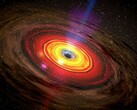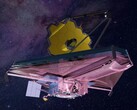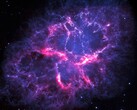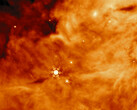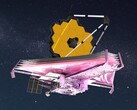The sky never ceases to surprise us, sometimes bringing back events that occurred hundreds of years ago. This was recently the case when astronomers rediscovered the object that lit up the sky for ten days during the Ming Dynasty.
We have to go back more than 600 years, to 1408, when Chinese astronomers spotted a powerful light source in the sky, located in the Niandao region, near the Cygnus and Ursa Minor constellations. Faced with this surprising and unexpected event, the astronomers decided to describe it, specifying that the light emitted was “smooth, bright, and yellow.”
It should be noted that yellow symbolized fortune, and this star was interpreted as a positive sign for the emperor. Needless to say, cosmic events were closely monitored, as according to ancient beliefs, the sky reflected messages from the gods. However, questions persisted over the following centuries about the origin of this intense light.
But astronomer Boshun Yang wanted to solve this mystery with his team. By analyzing Chinese texts dating back to the Ming dynasty and using modern knowledge and equipment, they were able to rule out a few theories. Thus, it was not a comet, such as C/2020 F3 (NEOWISE), because no trail was visible and the light remained stable over time. The hypothesis of a supernova was also ruled out, because the light remained visible for ten days, as was the case for a meteor.
Therefore, the most likely hypothesis is that it was a nova. This type of phenomenon occurs in a binary system when a white dwarf accumulates matter from its neighbor to the point of causing a powerful thermonuclear explosion. The whole process takes place over a fairly short period of time, but it is long enough to be visible for several days.
Furthermore, the star CK Vul seems to be the ideal candidate to have caused this intense light in 1408. This is because its position corresponds to those provided by astronomers of the time. However, the analysis of astronomers during the Ming dynasty is remarkable, especially when we consider that they did not have the same equipment at their disposal.
Source(s)
Futura-Sciences (in French)







